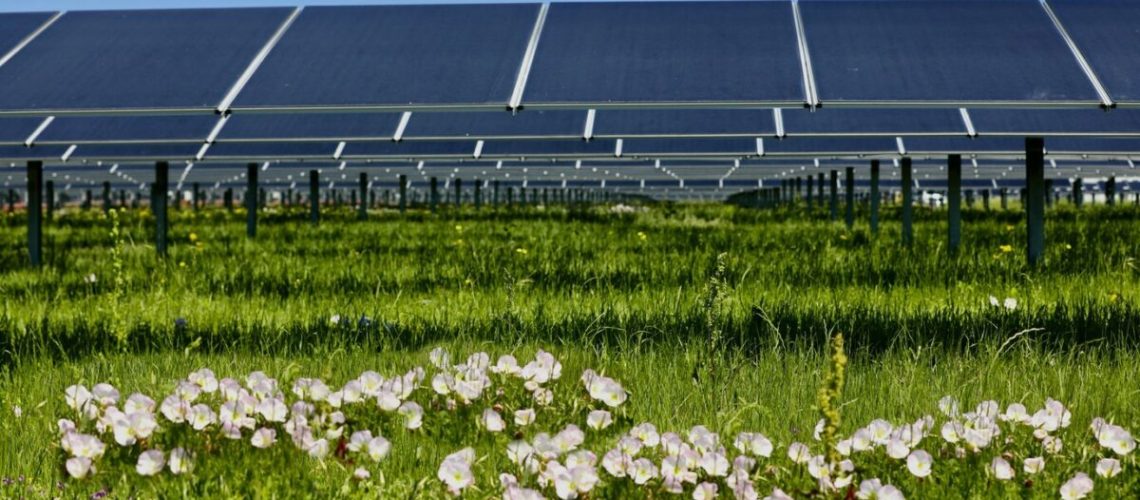Analysis by LandGate shows that Pennsylvania has 562 MW of solar power operating, with 10,469 MW waiting in queues.
Land development marketplace LandGate released data through Q3 2024 on the state of the Pennsylvania solar market.
It found that Pennsylvania has 46 solar facilities combining for 562 MW of capacity. There are an additional 9 projects actively under construction that will increase the state’s capacity by nearly 50%, adding 263 MW of additional capacity. Proposed projects waiting in queues total 480 projects combining for 10,469 MW.
If all of these projects are to come online, Pennsylvania’s total solar capacity would increase 18x.
However, it takes time for these queued projects to come online, particularly in Pennsylvania, which is managed by the Pennsylvania-New Jersey-Maryland Interconnection (PJM).
LandGate said it takes an average of 3 years for a project to go from queue to operational. The company expects about 10 GW of utility-scale solar to come online by the end of 2025, which would mark an unprecedented boom year for the state. However, the potential 18x increase in solar capacity depends on queued projects actually coming online, which may be challenged by grid interconnection delays.
Pennsylvania holds an above average queued project development time as interconnection wait times in the PJM active queue have increased steadily over the years due to the clustered ‘first ready, first served’ approach which have increased project deposits and the readiness criteria for farms, said LandGate.
Solar projects are frequently withdrawn from the interconnection queue in Pennsylvania due to various factors contributing to project delays and uncertainties, of which Langate lists three:
“One significant reason [of project withdrawals] is the complexity and length of the interconnection process itself, which often involves navigating regulatory requirements, obtaining permits, and securing agreements with utility companies. Additionally, changes in market conditions, such as fluctuations in financing availability or shifts in policy incentives, can impact the viability of projects and lead developers to reconsider their plans,” said LandGate.
In Pennsylvania, the average solar farm size is 218 acres, producing 12.2 MW of electricity under ideal conditions. Although the state tripled its solar production in the last decade, the growth rate pales in comparison to national trends, with the U.S. experiencing a 12-fold increase in solar power during the same period, said LandGate.
The whitepaper said that 11% of the state’s total net generation is sourced from solar power. The state is currently investing an estimated $3.9 billion in solar.
Read more about the Pennsylvania solar market, including power purchase agreement data, tax incentive programs, community solar opportunities, and more in the whitepaper.
LandGate also recommended policy changes for the state to support more solar development.
“One proposal involves advancing a cap-and-invest program, which aims to regulate greenhouse gas emissions and align with initiatives like the Regional Greenhouse Gas Initiative (RGGI). Additionally, there’s the possibility of enacting community solar programs, which would enable broader access to solar power for residents and businesses, particularly those unable to install solar infrastructure on their own properties,” said LandGate.



